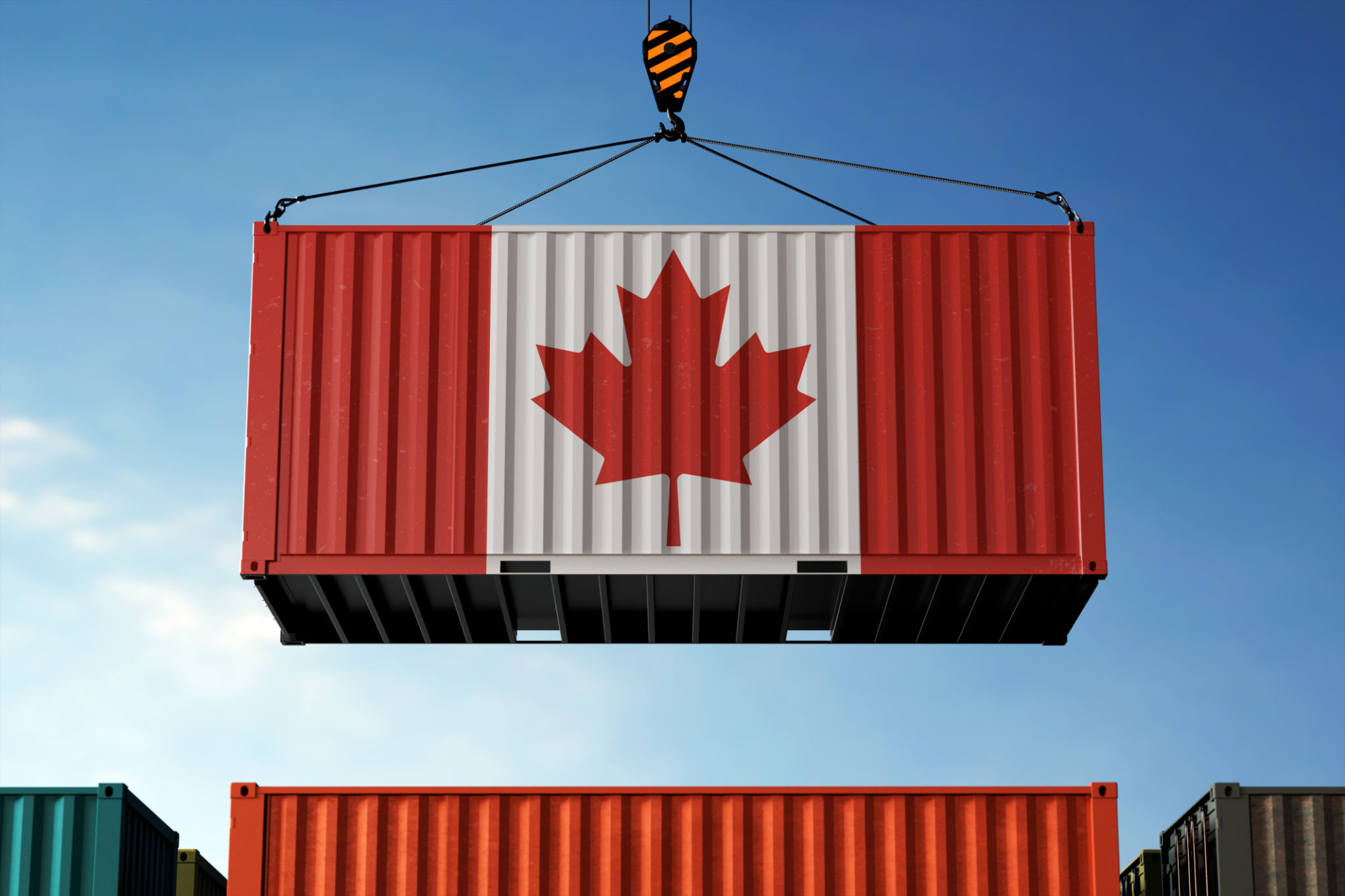A Comprehensive Guide to Wholesale Commodity Pricing
Understanding the Basics of Wholesale Commodity Pricing
Wholesale commodity pricing plays a crucial role in the global economy. It involves the sale of goods in large quantities at a lower price, often to retailers or other businesses that sell to consumers. Understanding how these prices are set and what influences them can be a valuable asset for anyone involved in the supply chain.
Commodities are typically raw materials or primary agricultural products that can be bought and sold. The pricing of these commodities is often determined by market demand and supply, making it essential to understand the factors that affect these elements.

Factors Influencing Commodity Prices
Several factors influence wholesale commodity prices, including geopolitical events, weather conditions, and changes in supply and demand. For instance, a drought can significantly impact the supply of agricultural commodities, leading to a rise in prices. Similarly, political instability in a region rich in natural resources can disrupt supply chains and influence pricing.
Exchange rates also play a pivotal role. A stronger currency can make commodities cheaper for buyers using that currency, while a weaker currency can have the opposite effect. Understanding these nuances is key to predicting price shifts and making informed purchasing decisions.
Supply Chain Dynamics
The supply chain dynamics significantly affect commodity pricing. From extraction or harvesting to processing and distribution, each step in the supply chain can impact the final price. Disruptions at any point, such as strikes or transportation issues, can lead to increased costs.

Types of Commodities
Commodities are generally divided into two categories: hard commodities and soft commodities. Hard commodities include natural resources such as oil, gold, and rubber. These are typically extracted or mined. Soft commodities refer to agricultural products like wheat, coffee, and sugar. These are grown or harvested.
Understanding the category a commodity falls into helps buyers anticipate potential price fluctuations based on seasonal patterns, geopolitical tensions, or technological advancements in extraction or cultivation.
Market Trends and Predictions
Staying informed about market trends is vital for anyone involved in commodity trading. Reports from financial analysts and market experts can provide valuable insights into future price movements. Technologies such as artificial intelligence are increasingly being used to predict trends and make data-driven decisions.

Strategies for Effective Commodity Pricing
Developing effective strategies for buying and selling commodities can help businesses maximize profits and minimize risks. One common approach is hedging, which allows businesses to lock in prices for future transactions, thereby mitigating the risk of price volatility.
Another strategy is diversification, where businesses spread their investments across different commodities or markets to reduce risk exposure. This approach not only helps in managing risks but also opens up new opportunities for profit.
The Role of Technology
Technology plays an increasingly important role in wholesale commodity pricing. From online trading platforms to blockchain technology for secure transactions, advancements are making it easier for businesses to access real-time data and execute trades efficiently.
In conclusion, understanding wholesale commodity pricing involves a combination of market knowledge, strategic planning, and technological adoption. By keeping abreast of trends and innovations, businesses can navigate the complexities of this dynamic market effectively.